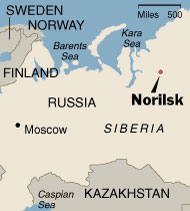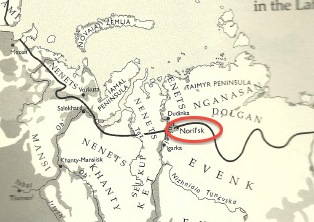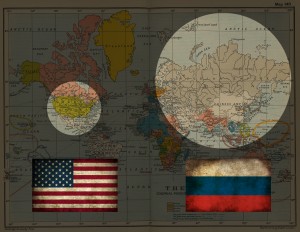In traditional examinations of the totalitarian regimes of Hitler and Stalin, the singular point of focus is the complete domination that the two leaders exerted over their people. However, one particular that is often left out of the comparison is how the regimes functioned in conjunction with the respective parties of the two states. Similar arguments are found in Schivelbusch’s Three New Deals – a comparison of Roosevelt, Hitler, and Mussolini’s state-building practices – and Yoran Gorlizki and Hans Mommsen’s article “The Political (Dis)Orders of Stalinism and National Socialism”, an in-depth look at the striking differences between the Nazis and the Soviets. In both pieces is made the argument that Hitler used his image and position as Führer to propel his policies forward, though Gorlizki and Mommson go even further, arguing that while Nazi control was exerted legally through the state, Soviet power built itself from the bottom up by means of a party bent on “wholesale restructuring of domestic state and society”. ((Gorlizki, Yoram and Hans Mommsen. “The Political (Dis)Orders of Stalinism and National Socialism.” In Beyond Totalitarianism: Stalinism and Nazism Compared, edited by Michael Geyer and Sheila Fitzpatrick, 41-86. Cambridge: Cambridge University Press, 2009. p. 44))
In Stalinist Russia, the Soviet party dominated policies of the state. Through bureaucratic reformation and extremely tailored individual appointments, Stalin was able to unify the purposes of his party with the ideology it was founded on in order to create a totalitarian state. By 1930, he was confident enough to publicly imply that certain governmental positions existed only to perpetuate the aims of the party. ((Ibid., 51.)) Gorlizki and Mommsen explain that this dynamic developed in such a manner due to the revolutionary climate at the time of the Soviet rise to power; as such, the party ideology came first, and by Stalin’s skillfull administrative practices, the government was reformatted around it. ((Ibid., 64.))
The Nazis, however, came into power under very different circumstances. There existed already a well-established and firmly authoritative government in 1933 when the party took over; it was simply a means of maneuvering legally in order to secure the power to facilitate party operations. This process reached a peak with the death of President von Hindenburg; Hitler assumed the position of Head of State, thus “constitutionally [reinforcing]” his power and policies. ((Ibid., 55.)) However, Hitler had not the bureaucratic finesse of Stalin, and as such most of his power came directly from his own image. Presenting himself as the “incarnated soul of the people”, Hitler moved his people to action not through the subjugation of politics to ideology but by imposing his persona on every man, woman, and child in Germany. ((Shivelbusch, Wolfgang. Three New Deals. New York: Picador, 2006, p. 52.)) For the Nazis, there was no reconstruction of social order, because a social order already existed; there was simply a mass movement spurred by a charismatic figure and a politically secure ruling party.





